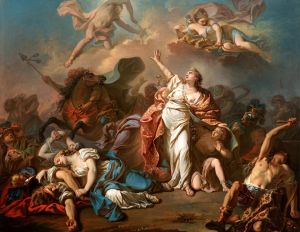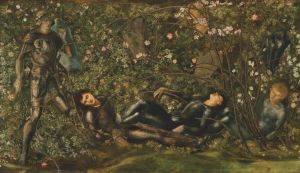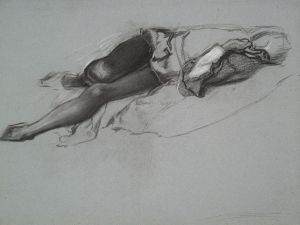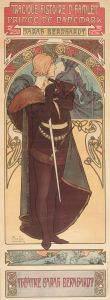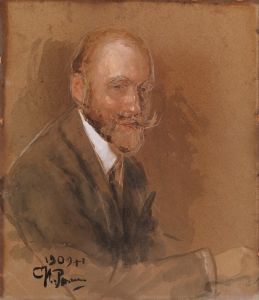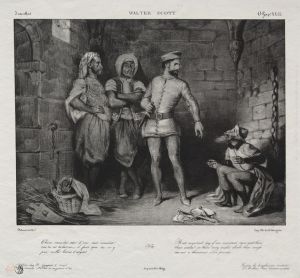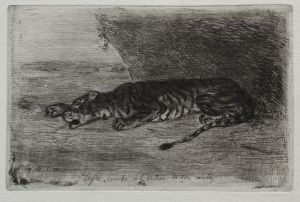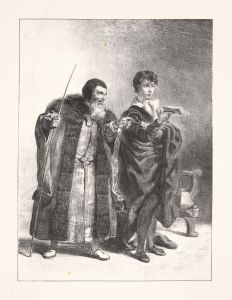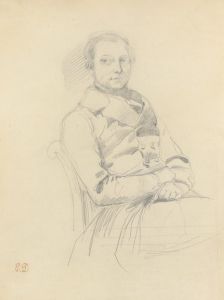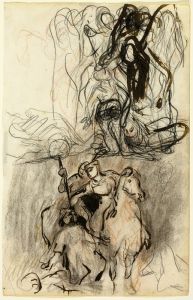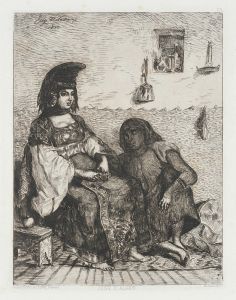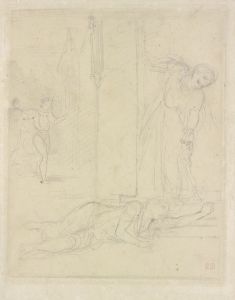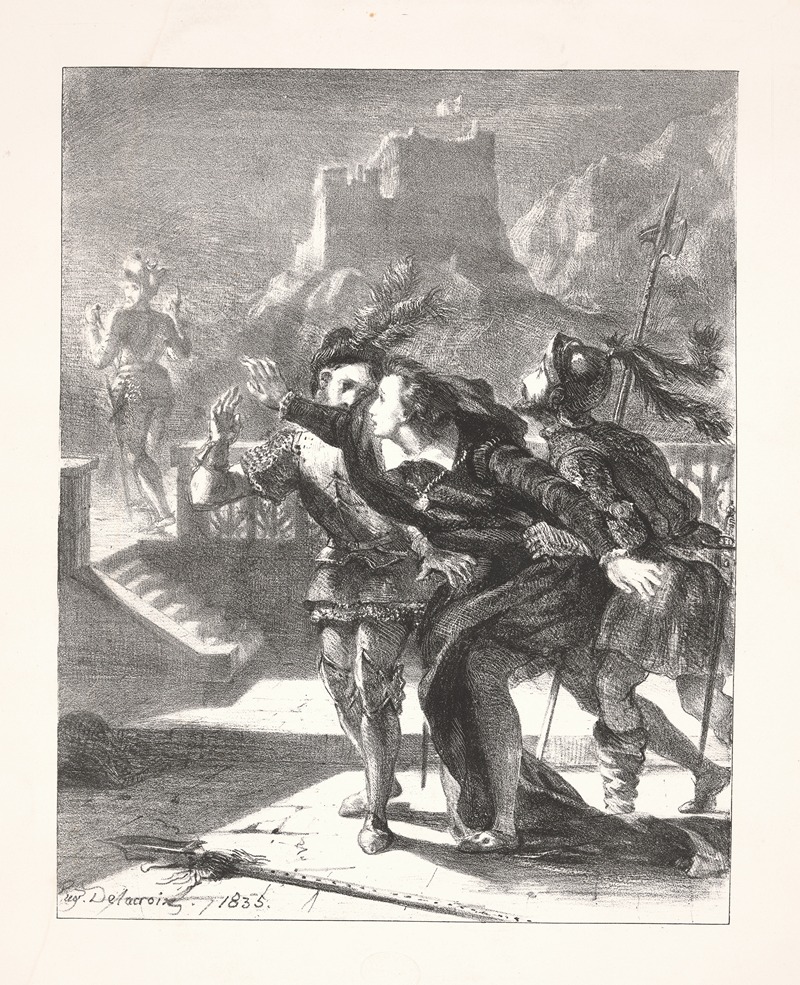
Hamlet wants to follow his father’s ghost
A hand-painted replica of Eugène Delacroix’s masterpiece Hamlet wants to follow his father’s ghost, meticulously crafted by professional artists to capture the true essence of the original. Each piece is created with museum-quality canvas and rare mineral pigments, carefully painted by experienced artists with delicate brushstrokes and rich, layered colors to perfectly recreate the texture of the original artwork. Unlike machine-printed reproductions, this hand-painted version brings the painting to life, infused with the artist’s emotions and skill in every stroke. Whether for personal collection or home decoration, it instantly elevates the artistic atmosphere of any space.
Eugène Delacroix, a prominent French Romantic artist, created the painting "Hamlet wants to follow his father's ghost" in 1843. This artwork is part of Delacroix's series of paintings inspired by William Shakespeare's play "Hamlet," which reflects the artist's fascination with literature and drama, particularly the works of Shakespeare. Delacroix's interpretation of Shakespearean themes is notable for its emotional intensity and vivid use of color, characteristics that define much of his oeuvre.
The painting depicts a pivotal scene from "Hamlet," Act I, Scene IV, where Prince Hamlet encounters the ghost of his deceased father, the former King of Denmark. The ghost reveals to Hamlet the truth about his murder, setting the stage for the unfolding tragedy. Delacroix captures the tension and drama of this moment, focusing on Hamlet's inner turmoil and determination to follow the ghost, despite the potential dangers.
Delacroix's composition is dynamic, with a strong sense of movement and emotion. The use of chiaroscuro, the contrast between light and dark, enhances the ghostly and mysterious atmosphere of the scene. Hamlet is portrayed with a mix of fear, curiosity, and resolve, embodying the complex psychological landscape that Shakespeare crafted for his character. The ghost, though less detailed, exudes an ethereal presence, guiding Hamlet towards his fateful journey.
Delacroix's interest in Shakespeare was part of a broader 19th-century European fascination with the playwright, whose works were being rediscovered and celebrated for their exploration of human nature and emotion. Delacroix, like many of his contemporaries, found in Shakespeare's plays a rich source of inspiration for exploring themes of passion, conflict, and the supernatural.
The painting is also a testament to Delacroix's skill in capturing the essence of literary characters and translating them into visual art. His ability to convey complex emotions and narratives through his paintings made him a leading figure in the Romantic movement, which emphasized individualism, emotion, and the sublime.
"Hamlet wants to follow his father's ghost" is housed in the Louvre Museum in Paris, where it continues to be admired for its artistic merit and its insightful interpretation of Shakespeare's work. The painting is an excellent example of how Delacroix's art bridges the worlds of literature and visual art, offering viewers a glimpse into the dramatic and emotional depth of one of Shakespeare's most famous plays.
Delacroix's work remains influential, and his Shakespearean paintings, in particular, are celebrated for their ability to capture the timeless and universal themes present in the Bard's plays. Through his art, Delacroix invites viewers to engage with the emotional and psychological complexities of Shakespeare's characters, making his paintings enduring works of cultural and artistic significance.





